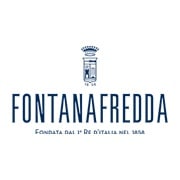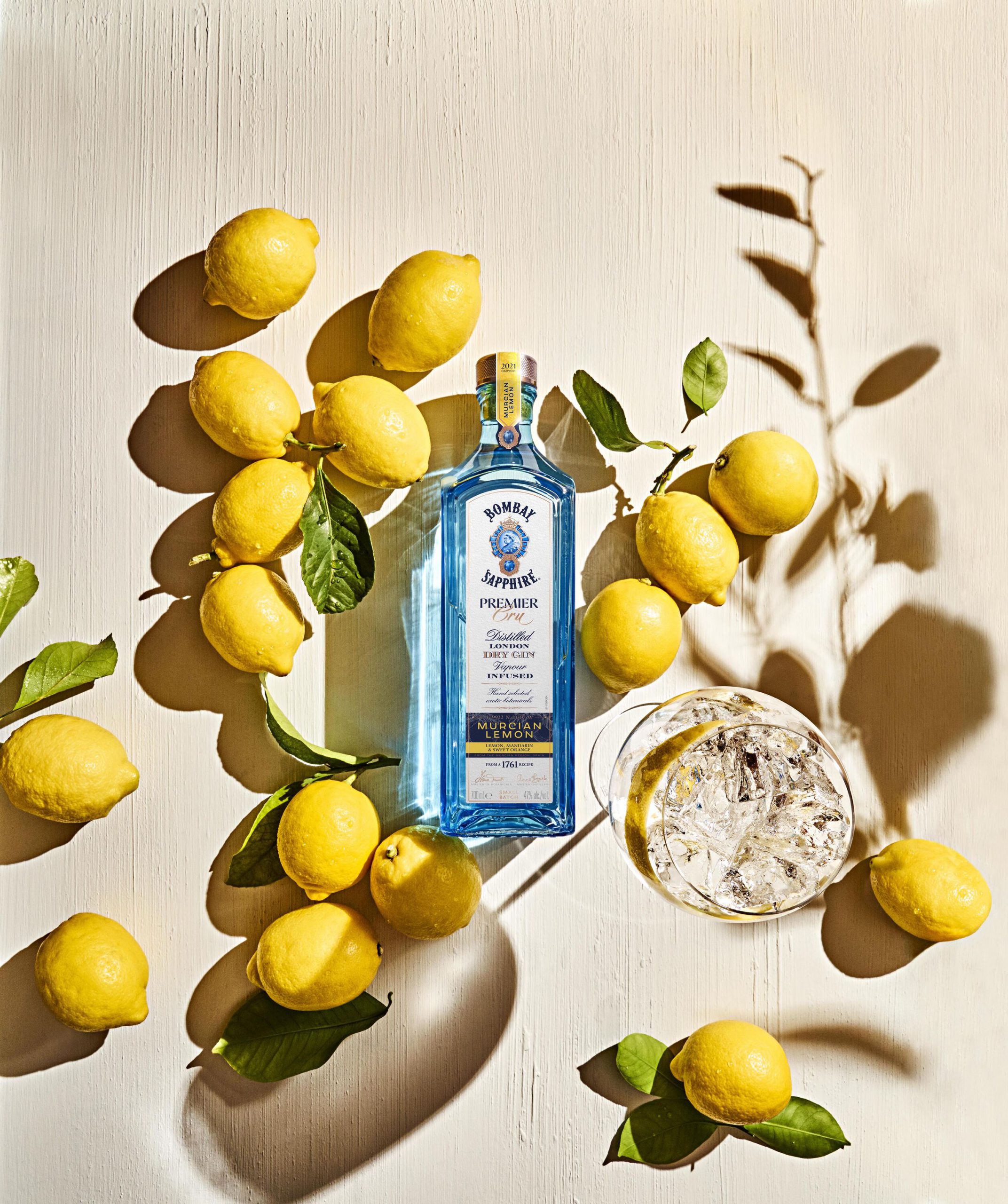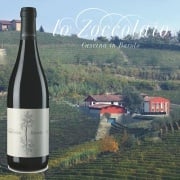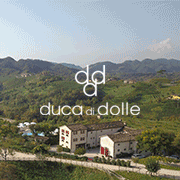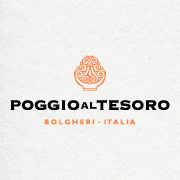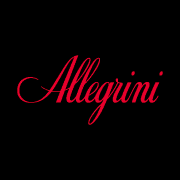There is perhaps no family or wine producer that is more indelibly linked to the culture of Italy than the Antinori family. For centuries the family has been perhaps the most influential and well-known in the entire industry, while also playing an important role in politics and other industries throughout the course of time.
From its early entry into the winemakers guild, all the way through to the revolution that was sparked by Tignanello and the other Super Tuscans, the Antinori name is one that you are likely to come across often if you take some time to read about the history of Tuscany.
In the last few posts focused on the family we have looked at some of the specific vineyards they have taken control of in more recent times, so we thought this week would be the perfect time to revisit the more ancient history of the family before taking a look at yet another of the amazing wines that bear the Antinori seal.
The History
In writing a historical piece about the Antinori family it is a little difficult to find information that we haven’t covered before on this very site. However, there is one little strand of mythology that relates to the family that we haven’t spoken about before.
The story, such as it is, can be traced all the way back to the 11th century B.C. History buffs amongst you may recognize that as being the same era as the battle of Troy, where the story about the Trojan horse comes from.
Remarkably, some historians and chroniclers now believe that the mention of Prince Antenor in Homer’s famous epic the Iliad is directly related to the Antinori family and may even be an ancient descendent.
Following the siege of Troy, Prince Antenor was held responsible for allowing the horse bearing gifts through the city gates. Rather than execution, he was spared his life and made to flee from his homeland. According to the Iliad, he travelled up the Adriatic and eventually settled in the area that would later become Venice. Credited by many as the founder of the city, some now postulate that the House of Antinori can trace its heritage back to the prince. If true, this is a remarkably addendum to the historical significance of the family and suggests that even in the time before Christ they were influencing the course of history in one way or another.
But for now, let’s go back to the story as we already know it, particularly when it comes to the winemaking history of the family. The first recording of the Antinori family in the winemaking history books comes from 1180, when Rinuccio di Antinori began making wine at the Castello di Combiate. Unfortunately, that’s where things stalled for a little while, as the castello was destroyed 22 years later and the family made its way to Florence, where it established itself in the banking and silk industries.
For a while, it seemed as though the family’s tenure through the winemaking profession would remain brief, especially given the success they enjoyed in other industries.
However, Giovanni di Piero Antinori put paid to that notion when he decided to join the Guild of Winemakers in 1385 and it is this date that you will often see so proudly displayed on bottles of wine produced by the family.
The family’s operation grew alongside the wine industry of Italy, to the point where the family was able to afford expensive palazzos and all of the trappings of wealth that came in the 14th and 15th centuries.
However, the discovery of the Americas played havoc with the family’s finances, as it did for so many Florentines during this era. The influx of New World gold arriving into Spain as a result of expeditions sanctioned by Charles V of Spain played havoc with Italian economies, signalling a period of struggle for the Antinori family the likes of which they haven’t experienced since.
Regardless, their reputation for making stellar wines went unharmed and the family continued to enjoy political power and a great reputation, even amidst some scandals and the influx of American gold.
As the 20th century approached, the Antinori family, under the guidance of Piero Antinori, purchased a number of vineyards in the Chianti Classico region, cementing their reputation as purveyors of this finest of Italian red wines. Perhaps most importantly, this era also saw them purchase 47 hectares at Tignanello, which would later become one of the most notorious wines in the world during the era of the Super Tuscans and the ensuing disputes that arose over what Chianti is and what it had the potential to be.
Through this period the family established themselves as innovators within the field, cementing their reputation while simultaneously challenging the status quo of the industry on many occasions. A rapid expansion throughout the 1980s and 1990s gave them even greater reach and today the Antinori family is one of, if not the, largest winemaking companies on the planet.
Now with all of that being said, it’s about time we took a look at yet another great wine to emerge from the company.
Antinori Braccesca Syrah Bramasole 2010
While best known for their Chianti, at least in international markets, the Antinori Braccesca Syrah Bramasole 2010 actually carries the DOC Cortona Syrah designation and is an excellent choice for those who want to explore the many other red wines that the Antinori family has to offer.
The ruby red colouring that denotes that this wine has been aged to perfect maturity is complemented by gorgeous violet shades that the eagle-eyed examiner will spot once the wine is poured.
When introduced to the nose, the wine carries a bouquet that features intense notes of vanilla and mature fruits, with the former offering a base on which the latter can really explode with intensity.
The balance and flavour of the wine becomes even more apparent when consumed, with additional notes of plum and red fruit making themselves known as you take a moment to savour the taste. The end is both soft and persistent, tempting you in for another sip.

I’m a passionate about good wine and good cooking.
I like to keep me updated and share with my online friends my gastronomic knowledge.


